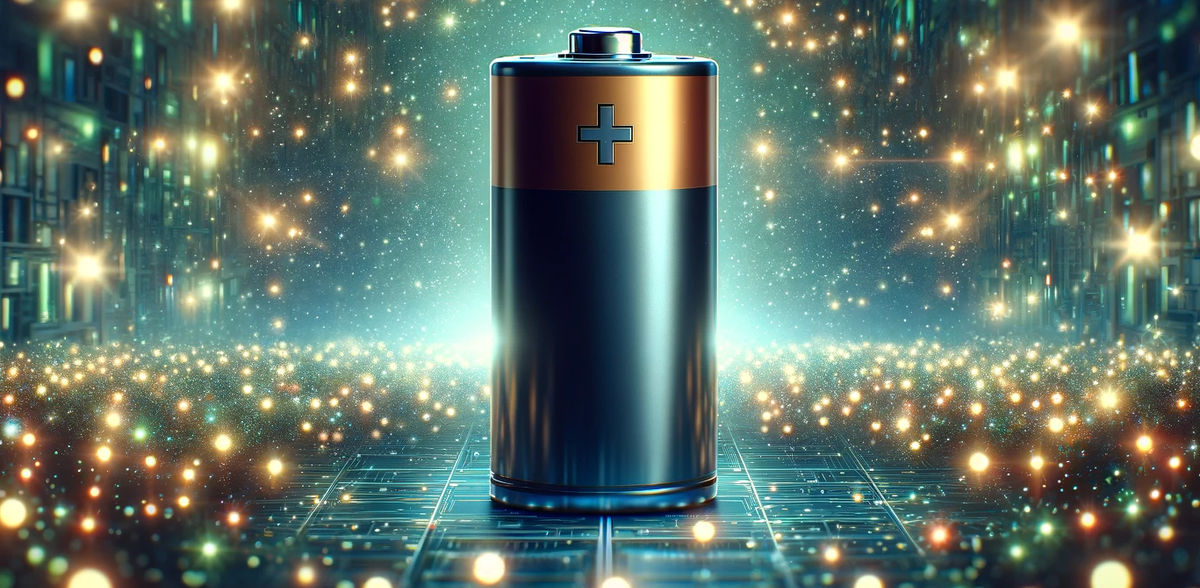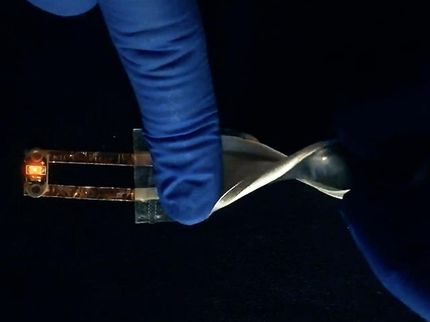Clues to accelerate commercialization of all-solid-state batteries
New findings reveal how degradation of all-solid-state batteries occurs at the cathode under low-pressure operation
Often referred to as the ‘dream batteries’, all-solid-state batteries are the next generation of batteries that many battery manufacturers are competing to bring to market. Unlike lithium-ion batteries, which use a liquid electrolyte, all components, including the electrolyte, anode, and cathode, are solid, reducing the risk of explosion, and are in high demand in markets ranging from automobiles to energy storage systems (ESS). However, devices that maintain the high pressure (tens of MPa) required for stable operation of all-solid-state batteries have problems that reduce the battery performance, such as energy density and capacity, and must be solved for commercialization.
Dr. Hun-Gi Jung and his team at the Energy Storage Research Center at the Korea Institute of Science and Technology (KIST) have newly identified degradation factors that cause rapid capacity degradation and shortened lifespan when operating all-solid-state batteries at pressures similar to those of lithium-ion batteries. Unlike previous studies, the researchers confirmed for the first time that degradation can occur inside the cathode as well as outside, showing that all-solid-state batteries can be operated reliably even in low-pressure environments in the future.
In all-solid-state batteries, the cathode and anode have a volume change during repeated charging and discharging, resulting in interfacial degradation such as side reaction and contact loss between active materials and solid electrolytes, which increase the interfacial resistance and worsen cell performance. To solve this problem, external devices are used to maintain high pressure, but this has the disadvantage of reducing energy density as the weight and volume of the battery increase. Recently, research is being conducted on the inside of the all-solid-state cell to maintain the performance of the cell even in low-pressure environments.
The research team analyzed the cause of performance degradation by repeatedly operating a coin-type all-solid-state battery with a sulfide-based solid electrolyte in a low-pressure environment of 0.3 MPa, similar to that of a coin-type Li-ion battery. After 50 charge-discharge cycles, the NCM cathode layer had expanded in volume by about two times, and cross-sectional image analysis confirmed that severe cracks had developed between the cathode active material and the solid electrolyte. This newly revealed that in addition to the interfacial contact loss, cracking of the cathode material and irreversible cathode phase transformation are the causes of degradation in low-pressure operation.
Furthermore, after replacing the lithium in the cathode with an isotope (6Li) to distinguish it from the lithium present in the solid electrolyte, the team used time-of-flight secondary ion mass spectrometry (TOF-SIMS) to identify for the first time the mechanism by which lithium consumption in the cathode contributes to the overall cell capacity reduction. During repeated charge-discharge cycles, sulfur, a decomposed product of the solid electrolyte, infused the cracks in the cathode material to form lithium sulfide, a byproduct that is non-conductive. This depleted the active lithium ions and promoted cathode phase transformation, reducing the capacity of the all-solid-state batteries.
By clearly identifying the cause of the degradation of all-solid-state batteries in low-pressure operating environments, these analytical methods provide a clue to solving the problem of poor cycling characteristics compared to conventional lithium-ion batteries. If this problem is solved, it is expected that the economics of all-solid-state batteries can be secured by eliminating external auxiliary devices, which have been a major cause of rising production costs.
"For the commercialization of all-solid-state batteries, it is essential to develop new cathode and anode materials that can be operated in a pressure-free or low-pressure environment rather than the current pressurized environment," said Dr. Hun-Gi Jung of KIST. "When applying low-pressure-working all-solid-state batteries to medium and large-scale applications such as electric vehicles, it will be expected to make full use of established lithium-ion battery manufacturing facilities."
Original publication
Hyeon‐Ji Shin, Jun Tae Kim, A‐Yeon Kim, Namgyu Noh, Jungjae Park, Chang Reung Park, Seungho Yu, Hyoungchul Kim, Kyung Yoon Chung, Jong Min Yuk, Seung‐Taek Myung, Hun‐Gi Jung; "New Consideration of Degradation Accelerating of All‐Solid‐State Batteries under a Low‐Pressure Condition"; Advanced Energy Materials, Volume 13, 2023-8-17
Most read news
Original publication
Hyeon‐Ji Shin, Jun Tae Kim, A‐Yeon Kim, Namgyu Noh, Jungjae Park, Chang Reung Park, Seungho Yu, Hyoungchul Kim, Kyung Yoon Chung, Jong Min Yuk, Seung‐Taek Myung, Hun‐Gi Jung; "New Consideration of Degradation Accelerating of All‐Solid‐State Batteries under a Low‐Pressure Condition"; Advanced Energy Materials, Volume 13, 2023-8-17
Topics
Organizations
Other news from the department science

Get the chemical industry in your inbox
By submitting this form you agree that LUMITOS AG will send you the newsletter(s) selected above by email. Your data will not be passed on to third parties. Your data will be stored and processed in accordance with our data protection regulations. LUMITOS may contact you by email for the purpose of advertising or market and opinion surveys. You can revoke your consent at any time without giving reasons to LUMITOS AG, Ernst-Augustin-Str. 2, 12489 Berlin, Germany or by e-mail at revoke@lumitos.com with effect for the future. In addition, each email contains a link to unsubscribe from the corresponding newsletter.
Most read news
More news from our other portals
See the theme worlds for related content
Topic World Battery Technology
The topic world Battery Technology combines relevant knowledge in a unique way. Here you will find everything about suppliers and their products, webinars, white papers, catalogs and brochures.

Topic World Battery Technology
The topic world Battery Technology combines relevant knowledge in a unique way. Here you will find everything about suppliers and their products, webinars, white papers, catalogs and brochures.
Topic World Mass Spectrometry
Mass spectrometry enables us to detect and identify molecules and reveal their structure. Whether in chemistry, biochemistry or forensics - mass spectrometry opens up unexpected insights into the composition of our world. Immerse yourself in the fascinating world of mass spectrometry!

Topic World Mass Spectrometry
Mass spectrometry enables us to detect and identify molecules and reveal their structure. Whether in chemistry, biochemistry or forensics - mass spectrometry opens up unexpected insights into the composition of our world. Immerse yourself in the fascinating world of mass spectrometry!





























































